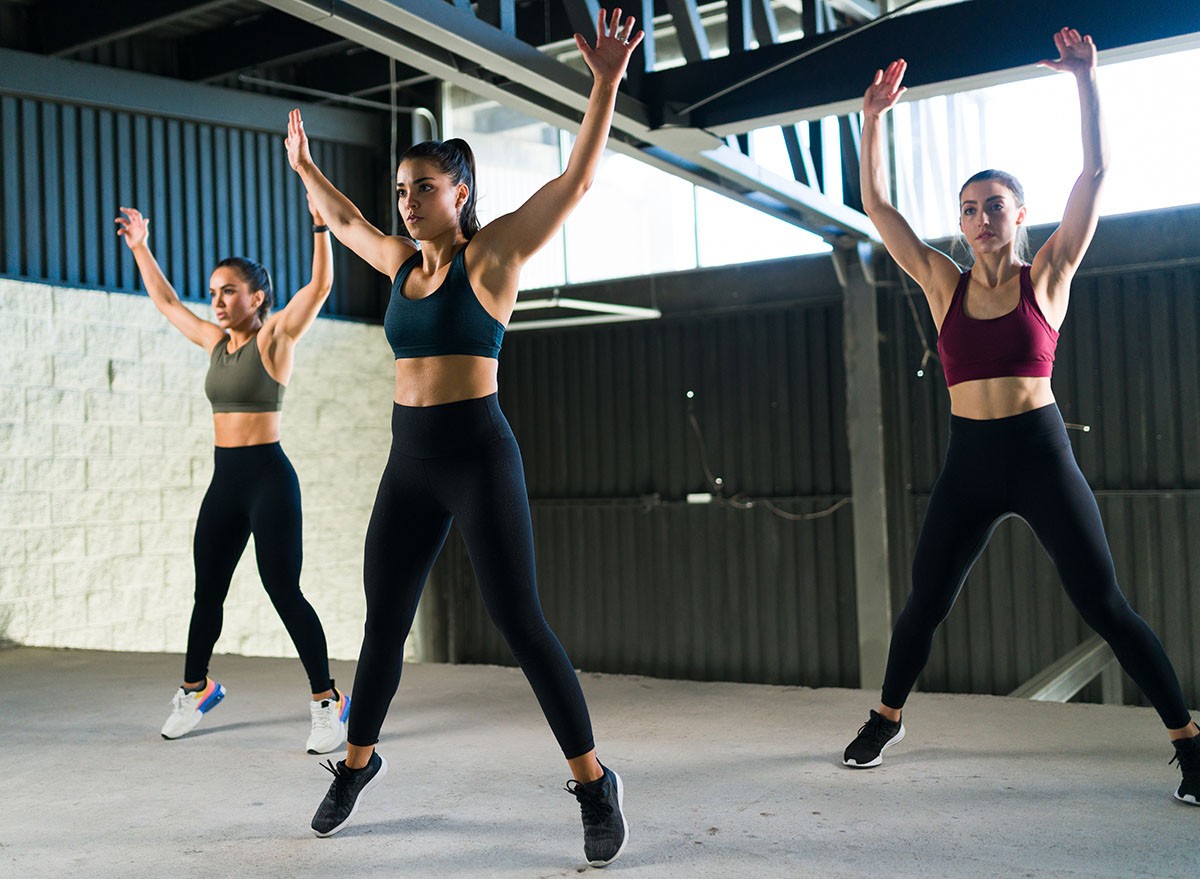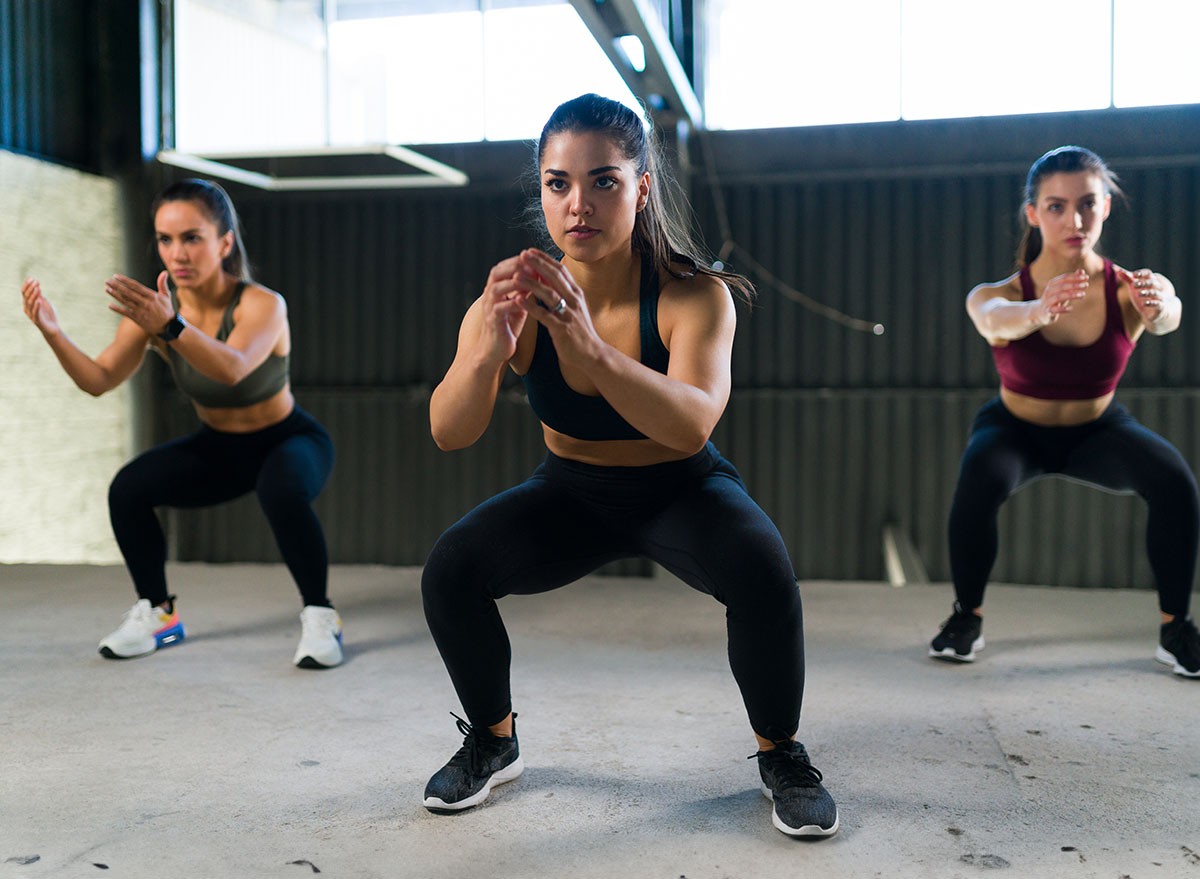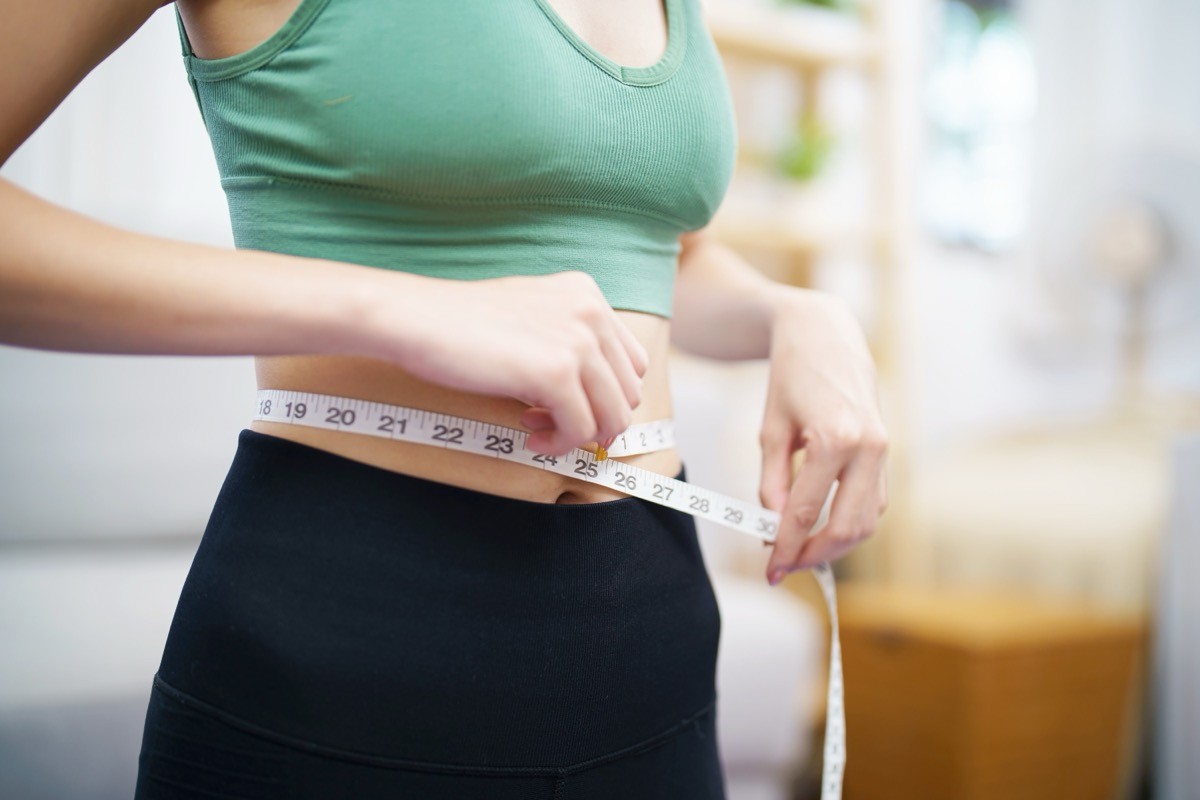Trainer Lost 37 Pounds and Transformed Her Body with 3 Small Tweaks

Do you want to lose weight and transform your body? Orisha Rè Lampkin, sensual fitness instructor and founder of Fearless Re'volution, helps ambitious, high-achieving women reconnect with their bodies, ignite their sensual energy, get fit, and lead their lives fearlessly and unapologetically. She went from a size 12 to a size 2, 167 lbs to 130, and wants to help others do the same. She reveals to Body Network that making three simple tweaks to her routine was game-changing, in more ways than one. "After over 30 years in the health and wellness space, you'd think I had it all figured out. But my body taught me something powerful: it wasn't about working harder but working with myself. These three small changes—each one intentional, aligned, and deeply feminine—completely transformed my body, energy, and confidence," she says.
I Switched from "More" to "Smarter" Strength
The first thing she did? "I used to be the 'more reps, more burn' type. But when I hit 40, that approach started to backfire—hello joint pain, fatigue, and plateaus. I pivoted to corrective and functional strength training, using the principles I'm certified in. My workouts now center around movement quality, not quantity—glute activation, shoulder mobility, and stabilizer strength," she says.
How It Helped
The result? "Less inflammation, a more sculpted physique, and a body that feels strong, sexy, and resilient from the inside out. I finally look like I'm training, but I also feel like I'm thriving," she says.
I Added Feminine Flow to My Conditioning

"Along with the high-impact Tabata and circuits I used to live by, I began weaving in feminine flow—short sensual HIIT sessions that move with my energy instead of against it. These aren't watered-down workouts. They're precise, rhythm-driven, and deeply intuitive. I go hard when I'm peaking, then I melt into slow, fluid recovery phases that still burn—but feel like dance," she tells us.
How It Helped

How did it help her? "Especially during perimenopause, this shift helped me lean out without crashing my system. I stay fit, feminine, and magnetic—and I never feel like I'm punishing my body just to earn results," she says.
I Always Activate My Sensual Core
"This one might surprise people: I never skip core—but I no longer isolate it with crunches. Every workout I do includes standing core engagement through pelvic tilts, spirals, rib cage mobility, and deep core activations. Think sensual strength with a purpose," she explains.
How It Helped

"These movements fire up the inner core (yes, including the pelvic floor), improve posture, and shape the waistline naturally. But more than anything? They make me feel powerful, centered, and like I own every room I walk into," she says. And if you enjoyed this article, take advantage of these 15 Quick Ways to Lose Body Fat Percentage in a Week.




